RRS Sir David Attenborough Launched
The hull of the U.K.’s new polar research ship RRS Sir David Attenborough was launched from Cammell Laird shipyard Saturday, marking a major milestone toward the completion of one of the world’s most advanced scientific maritime vessels.
Shipyard workers, engineers, scientists and maritime industry experts were among thousands who gathered to celebrate the launch along with special guest speakers, including renowned naturalist and broadcaster Sir David Attenborough, who pressed the launch button together with British Antarctic Survey Director Professor Dame Jane Francis.
Once in the River Mersey, the hull was towed to the shipyard’s wet basin where the ship will undergo the next stages of construction before entering operation in 2019.
The 129-meter Rolls-Royce designed vessel was commissioned by the Natural Environment Research Council (part of U.K. Research and Innovation) to be operated by the British Antarctic Survey, and is the largest civilian ship to be built in the U.K. in three decades.
The £200 million research ship is part of a government polar infrastructure investment program designed to keep Britain at the forefront of Arctic and Antarctic research. It represents the U.K. government’s largest investment in polar science since the 1980s.
“The RSS Sir David Attenborough will use sophisticated technology to monitor polar activity and will help strengthen our position at the forefront of climate and ocean research,” said keynote speaker the Rt Hon Claire Perry MP, Minister of State for Energy and Clean Growth. “The government’s £200 million investment in polar research will allow us to gain a crucial insight into polar oceans to combat the devastating effects of climate change, and through our commitment to clean growth, we are putting vital science and innovation to mitigate global warming at the heart of our modern industrial strategy.”
Sir David Attenborough said, “Britain began exploring the Antarctic over a century ago when it seemed to be an empty wilderness of little importance to the world as a whole. Now we recognize that what happens at the Poles is of the greatest importance to everyone, everywhere.
“The U.K. and the British Antarctic Survey have been making discoveries in both regions that enable us to better understand these global processes and this wonderful new research ship will enable British scientists to continue their crucial work in both the Arctic and Antarctic for decades to come.”
“The launch of the RRS Sir David Attenborough is a really important milestone in the build program, and it is a great day for the Cammell Laird team,” said the shipyard’s CEO, John Syvret CBE. “We are now back in the premier league of the shipbuilding world, it has been a herculean effort by all to get here, this launch raises the brand profile and as a result provides increased global recognition, which bodes well for the future.”
The ship’s development has attracted wide attention since online voters rallied for Boaty McBoatface in a campaign to name the state-of-the-art research vessel in 2016. An NERC panel opted instead to name the ship after the famed BBC naturalist.
High-tech facilities on board the new ship will enable more ambitious expeditions and deploy advanced marine robotics to help researchers explore hard to reach polar areas. Once completed, the vessel will be capable of spending 60 days at sea without resupply, and with a range of over 35,000 kilometers. The ship will also be equipped to break ice to a thickness of 1.5 meters due to its unique hull design, the integration of the propeller and rudder with the hull, and the use of powerful yet efficient engines.
Four Bergen B33:45 engines will provide both mechanical propulsion and electric power generation on board. The B33:45 runs on low sulphur fuel, down to very low levels. The engines are also fitted with Selective Catalytic Reduction (SCR) systems.
The vessel will comply with both International Maritime Organization (IMO) Tier II and Tier III rules and meet the DNV Silent R class for noise.
The RRS Sir David Attenborough will be fitted with two Rolls-Royce five-bladed Controllable Pitch Propellers (CPP), integrated with a hubcap, rubber bulb and a special rudder profile, providing high steering forces yet minimizing drag.
The vessel has electrical systems with 5 MW peak effect battery capacity that reduce the vessel's fuel consumption, emissions, noise and vibration, as well as increasing redundancy and consequently safety.









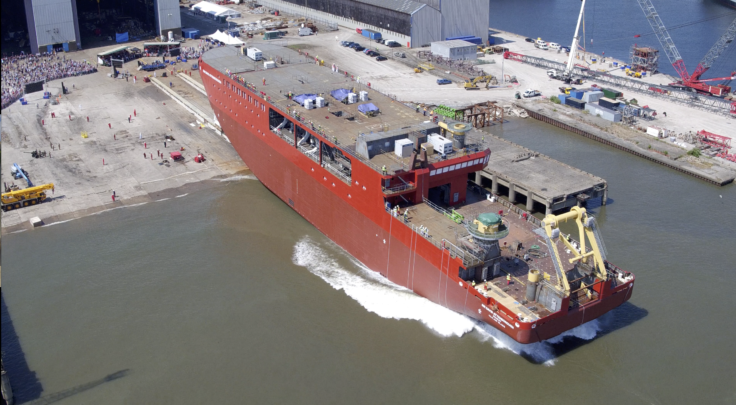

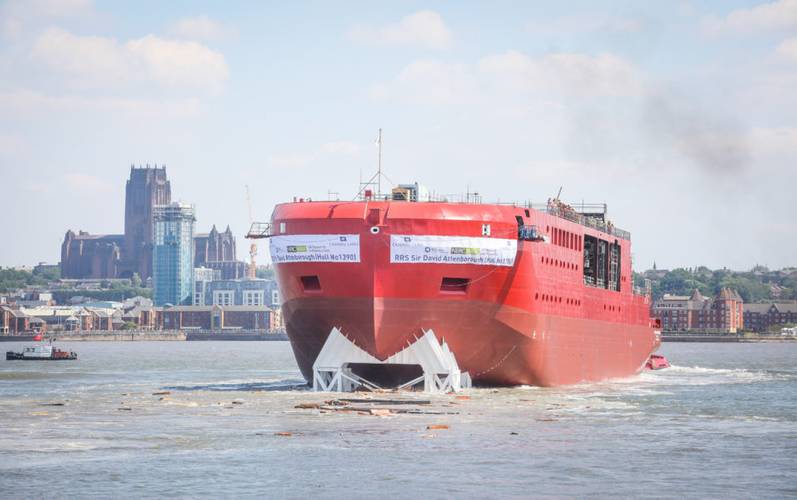
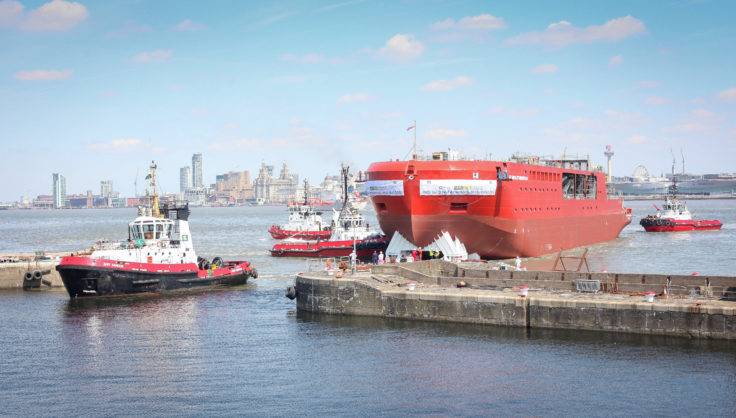
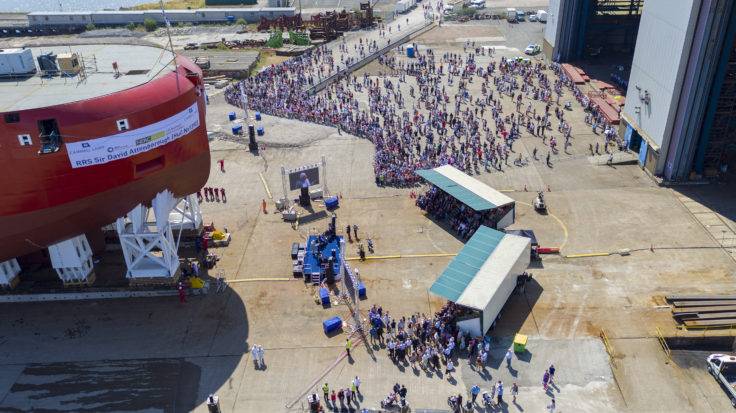
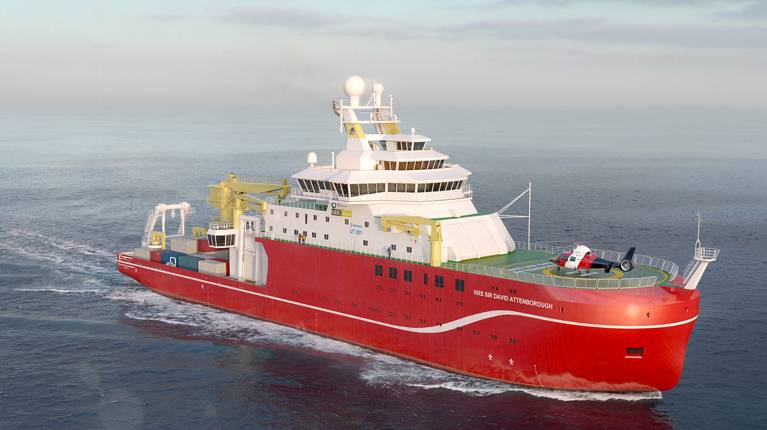
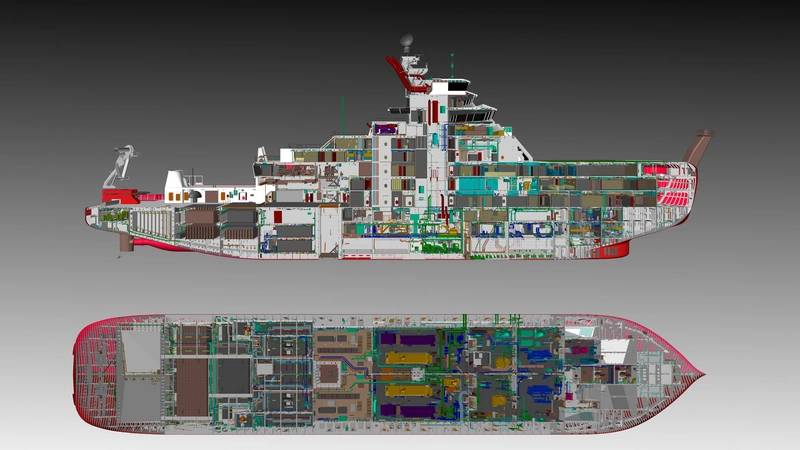
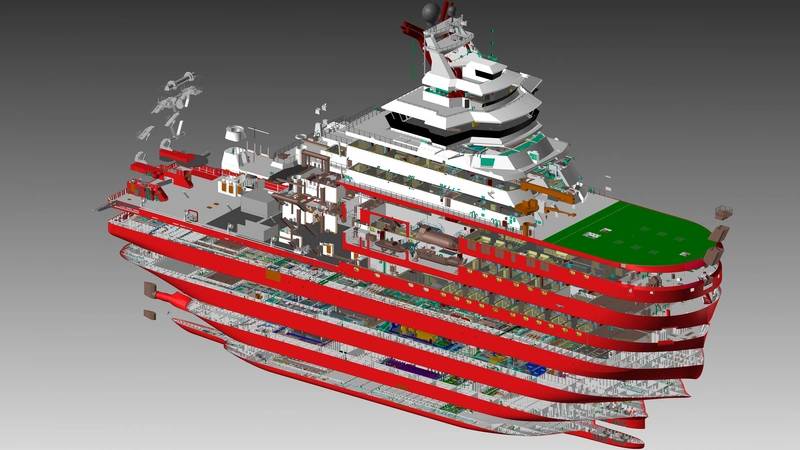
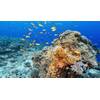
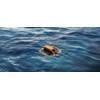
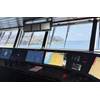

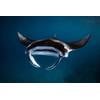
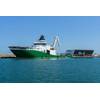







 August 2025
August 2025



